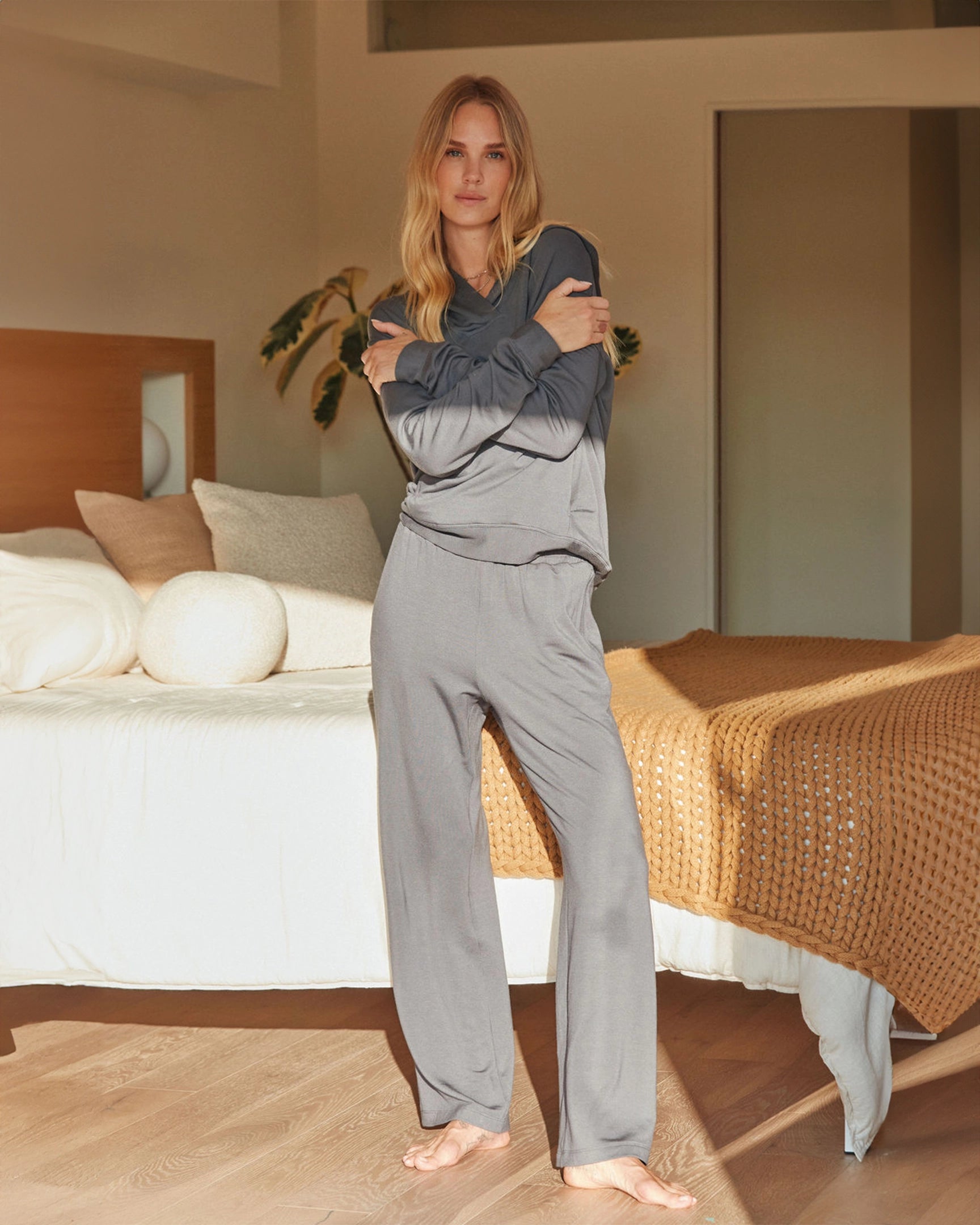What Does OEKO-TEX® Standard 100 Really Mean? A No-Nonsense Guide

You’ve probably seen it before on a product tag: "OEKO-TEX® Standard 100 Certified." It sounds official. It sounds safe. But what does it actually mean for you, your clothes, and your health? If you’ve ever tried to look it up, you may have found the explanations vague or overly technical. That ends here. Let’s break it down in plain English.
What Is OEKO-TEX® Standard 100?
OEKO-TEX® Standard 100 is a globally recognized certification that verifies a textile product has been tested for harmful substances and deemed safe for human health. It doesn’t mean the fabric is organic. It doesn’t mean the garment is sustainably made. What it does mean is that the finished product—from the threads to the zipper—has passed rigorous chemical testing to ensure it's safe to wear, especially against your skin.
The certification is issued by the OEKO-TEX® Association, a consortium of independent research and testing institutes in Europe and Japan. These labs specialize in textile safety and toxicology, and they update their criteria regularly based on the latest scientific findings and international regulations.
What Does It Test For?
OEKO-TEX® Standard 100 tests for over 100 different substances that are known to be harmful to human health. These include:
- Heavy metals like lead, cadmium, and mercury
- Formaldehyde
- PFAS ("forever chemicals") and other perfluorinated compounds
- Phthalates (plasticizers often linked to hormone disruption)
- Pesticide residues (especially in natural fibers like cotton)
- Allergenic or carcinogenic dyes
- Volatile Organic Compounds (VOCs)
This is not a symbolic checkmark. These substances are tested at the molecular level, and even trace amounts above the safety threshold will disqualify a product from certification.
Understanding Product Classes
OEKO-TEX® doesn’t take a one-size-fits-all approach. Instead, it breaks down certification into four product classes based on how closely the item will be in contact with your body:
- Class I: For babies and toddlers (most stringent)
- Class II: For items worn close to the skin, like underwear, bras, leggings, and t-shirts
- Class III: For items with limited skin contact, such as jackets or outerwear
- Class IV: For home textiles and accessories like curtains or upholstery
At Losano, we focus on Class II certification because our activewear and loungewear are designed to sit directly against your skin. That means our products are held to extremely high safety standards.
How Is the Testing Done?
One of the most reassuring aspects of OEKO-TEX® is that testing is done by independent laboratories, not by the brands themselves. Every component of a certified product is tested individually: the fabric, the threads, the dye, the prints, and even the trim. That zipper on your leggings? It’s tested. The elastic in your waistband? Also tested.
Certification isn’t a one-and-done process either. Products must be re-tested regularly to keep their certification active, and manufacturers are also subject to unannounced audits.
Why This Matters for You
Many of us are careful about what we put in our bodies, but what about what we put on them? Skin is your largest organ, and it's highly absorbent. Repeated exposure to even small amounts of certain chemicals can lead to irritation, hormonal disruption, or long-term health effects.
Choosing OEKO-TEX® Standard 100 certified clothing gives you peace of mind. It means you can wear your clothes without wondering what unknown substances are rubbing against your skin. It’s especially important for people with allergies, sensitivities, or autoimmune issues—but really, it’s something everyone should care about.
What OEKO-TEX® Standard 100 Doesn’t Do
It’s worth noting what this certification doesn’t cover. OEKO-TEX® Standard 100 is not an organic certification. It doesn’t guarantee the fiber was grown without synthetic pesticides or that workers were paid fair wages. It doesn’t speak to the environmental footprint of the manufacturing process or address the issue of microplastic shedding.
That doesn’t make it less valuable—it just means it’s one piece of a larger puzzle. In a world of greenwashing and empty buzzwords, it’s one of the few labels that delivers measurable, verifiable claims.
How It Compares to Other Certifications
If you’re deep in the clean fashion world, you’ve probably heard of other certifications too. Here’s how OEKO-TEX® Standard 100 stacks up:
- GOTS (Global Organic Textile Standard): Focuses on organic content and social/environmental responsibility
- bluesign®: Focuses on environmentally friendly manufacturing processes
- Fair Trade Certified: Focuses on ethical labor practices
- USDA Organic: Applies mostly to raw fibers like organic cotton
Each of these certifications plays a different role. OEKO-TEX® is unique because it addresses chemical safety in the finished product, which many other labels don’t cover.
Why Losano Uses OEKO-TEX® Certified Materials
At Losano, we don’t compromise when it comes to your health or comfort. We choose OEKO-TEX® Standard 100 certified materials because they align with our commitment to clean, conscious clothing. Our customers deserve fabrics that feel good, perform well, and most importantly—are free from hidden toxins.
Whether you're pulling on a pair of leggings for your morning workout or lounging in our cozy fleece, you can trust that what's touching your skin has been tested to the highest safety standards.
The Bottom Line
In an industry filled with vague claims and trendy catchphrases, OEKO-TEX® Standard 100 stands out for its science-backed, verifiable approach to textile safety. It doesn’t claim to solve every issue in fashion, but it does provide a clear answer to one of the most important questions: Is this safe to wear?
And for us at Losano, that answer matters.

